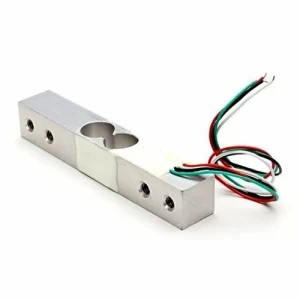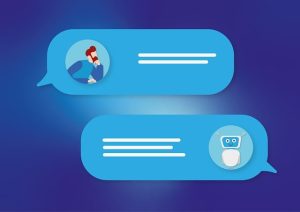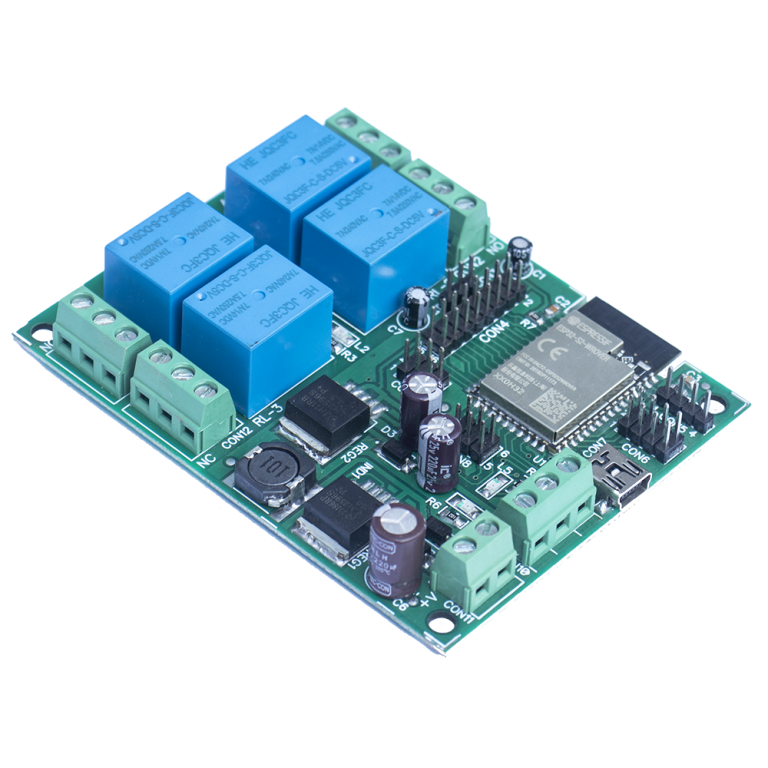Decoding IoT Devices: More Than Just Gadgets
Understanding the IoT Device Spectrum
IoT devices constitute a diverse range of physical entities embedded with sensors, software, and other technologies. Their purpose is to connect and exchange data with other devices and systems over the internet. Here’s a closer look at the categories of IoT devices:
1. Consumer Devices
These encompass smart home gadgets like thermostats, security cameras, smart speakers, and wearable devices such as fitness trackers and smartwatches.
2. Industrial Devices
Widely utilized in industrial settings, these devices monitor and control equipment, optimize processes, and ensure workplace safety. Examples include connected machinery, environmental sensors, and asset tracking devices.
3. Medical Devices
In the healthcare sector, IoT devices play a crucial role in remote patient monitoring, medical device connectivity, and managing medical equipment and supplies.
4. Automotive Devices
Integration of IoT technology into vehicles introduces features like telematics, navigation, and vehicle-to-vehicle communication.
Key Features Setting IoT Devices Apart
– Connectivity
Designed to link to the internet or other devices, IoT devices can efficiently transmit and receive data.
– Sensing Capabilities
Equipped with various sensors, these devices collect data about their environment, including temperature, humidity, motion, and more.
– Data Processing and Communication
IoT devices possess the ability to process data locally and communicate with other devices or systems.
Applications Across Diverse Domains
Transforming Homes, Industries, and Healthcare
IoT devices serve as integral components in advancing smart homes, industries, healthcare, and various other domains. They offer enhanced connectivity, automation, and data-driven insights.
– Smart Homes
Empowering homeowners to remotely control and automate various aspects of their homes, from lighting and heating to security and entertainment systems.
– Smart Cities
Used for managing urban infrastructure, optimizing energy usage, monitoring air and water quality, and improving public services.
– Industrial IoT (IIoT)
In industrial settings, IoT devices are employed for predictive maintenance, asset tracking, inventory management, and process optimization.
Navigating Challenges and Considerations
Addressing Critical Issues in the IoT Landscape
– Security Concerns
The vulnerability of IoT devices to cyber threats raises significant concerns, emphasizing the need for robust security measures.
– Interoperability Challenges
With a plethora of IoT devices from different manufacturers, ensuring seamless communication and compatibility poses a considerable challenge.
Concluding Thoughts
In conclusion, IoT devices play a pivotal role in shaping smart homes, industries, healthcare, and numerous other sectors. They offer unparalleled connectivity, automation, and data-driven insights. As we delve into the world of IoT, acknowledging both its potential and challenges is imperative for a tech-driven future.
You may also like:
What is IoT and its examples ?
What are the most common IoT applications ?
What are the real world examples of IoT ?


















